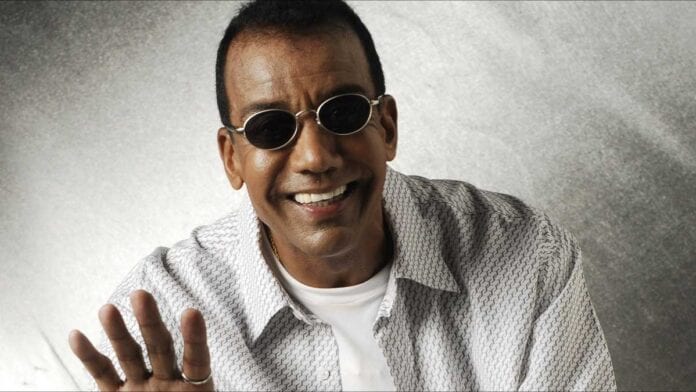‘Mas Que Nada’ began as a samba in Rio, not a bossa nova in Los Angeles.
The Story Behind ‘Mas Que Nada’? Sambistas didn’t like the song. Until they did.
September 24th marks ‘Mas Que Nada’s’ entry on Billboard’s Hot 100 singles chart in 1966. Over the years, the song has given us several exciting versions, including hard-to-find covers by Al Jarreau and in a solo setting, one of the original guitar voices of contemporary samba jazz, Paulinho Nogueira.
But the original – written and recorded by Samba newcomer Jorge Ben – lit the fuse for Bossa Nova’s worldwide success three years before it became a hit for Sergio Mendes.
So, here’s the story behind ‘Mas Que Nada’.
Setting The Samba Scene In Rio
Jorge Ben’s 1963 Samba Esquema Novo (New Style Samba) represented a sea change in Brazilian pop music. During this time, the musicians who made Bossa Nova popular in Brazil were seeking new challenges and opportunities outside of their home country.
And while Brazil’s military dictatorship was still a faint year in the future, a sense of Bossa’s ‘innocence lost’ began to push Brazil’s next generation in new directions. Jorge Ben, at 23, was one of its brightest stars.
Samba’s Tradition Debunked by Mas Que Nada
As debut records go, this one was a clear winner, and the opening track ‘Mas Que Nada’ became an instant hit. It also helped to propel Ben to international fame as a songwriter.
This recording yielded many great songs, some of which have become well known, such as ‘Chove Chuva’ and ‘Balança Pema’.
Surprising to other artists as well as his fans, according to Jorge Ben: “They used to say “You play wrong, but in the end, it works, how is that?”. They used to say my music was a samba that was not a samba, but that was a samba. Actually, it was a new sort of samba”.
By 1963, Ben’s style had evolved to the point where the very same samba masters that he had studied with no longer knew how to play with him.
When it came time to record Samba Esquema Novo he turned to J.T. Meirelles and his jazz band, Copa 5 for backup. And there was another surprise: Jorge Ben couldn’t read or write a note of music – he wouldn’t learn those skills for another few years: “I was already a professional and I didn’t know music. I guess God spoke: ‘you will be a musician, that’s better'”, he recalled.
Setting The Stage For Sergio Mendes
Like many breakout albums of the time, Samba Esquema Novo retained strong ties to Bossa Nova with a brace of its best musicians and arrangers including Bossa 3’s jazz pianist Luiz Carlos Vinha.
Impressively, it’s the depth of talent surrounding Jorge Ben’s upbeat vocals with these big band arrangements that help to make this album a joy to listen to over and over again. And it’s not just for the original versions of two of his greatest hits but as a satisfying blueprint for the future of Brazilian Pop.
There you have it, the story behind ‘Mas Que Nada’, and – of course – our One Track goes to Sergio Mendes & Brasil 66.
Music, Travel, Friends, and Fun!
The Story Behind Mas Que Nada
Stories like ‘The Story Behind Mas Que Nada’ are what we do. Why don’t you join us?
Sign Up for our e-letter. Listen to Brazil Back2Back on demand and our live streaming station. Explore our top stories and streaming channels, always free. Like our Facebook page, and follow us on X (Twitter) and Instagram.









